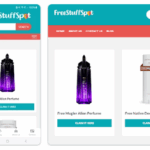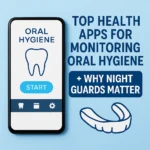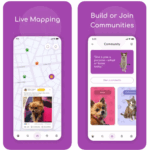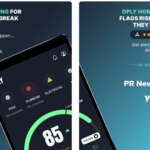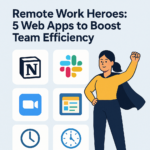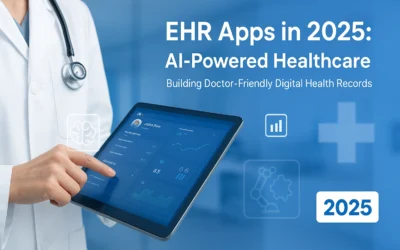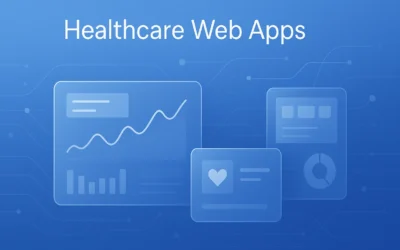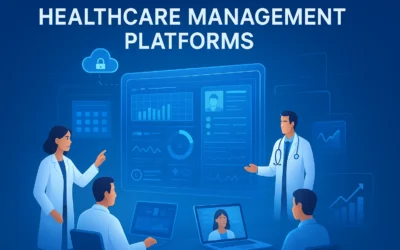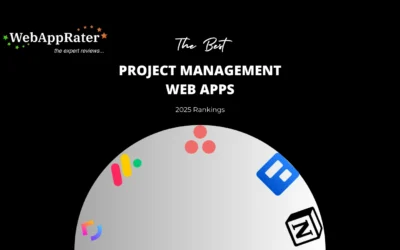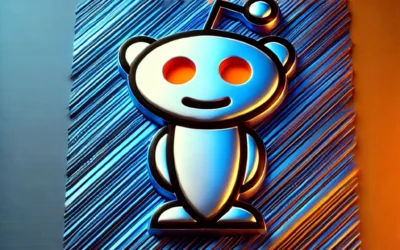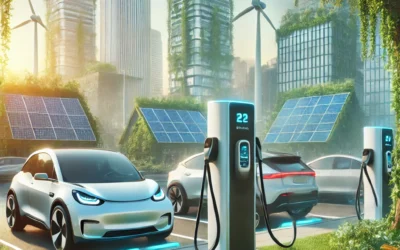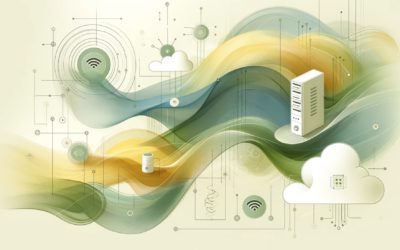There are over 1 billion smartphones in use around the globe, and across all the users, there are over 179 billion applications downloaded each year. Mobile application development is innovative and rapidly expanding sector of the industry, through the scene is largely dominated by social media apps (Twitter, Instagram, Facebook, and Youtube), gaming apps, and Google apps like Maps, Gmail, or Search. Businesses all across the globe have figured out how to leverage the interest in apps for improving customer engagement, branding, marketing, and purchasing. Consumer usage of apps and mobile-friendly services will only continue to rise as tech innovations in the mobile device industry improve. Here are some of the areas where you can expect to find significant improvements over the next few years.
Wearable Devices
Some of the last data released revealed that there are over 100 million devices are in use around the globe. In the future, a wearable device will expand on the Apple Watch or the HoloLens of Microsoft to include a number of basic and smart wearables. For accessory makers, this opens many doors with wearable gadgets disguised as jewelry, used as health sensors, or embedded in clothes or shoes as for communication purposes. Gadgets will be connected to a mobile application and will continually communicate with the app in order to relay information or data. The increased demand for complex and advanced app operations also improves the app development sector. There will be a high demand for mobile app error monitor systems and response programmers.
Smart Objects and IoT
The year 2020 will set new records will how may connected devices there will be smartphone technology. Though the safe estimates are projecting over 26 billion devices connected to the Internet of Things (IoT), the continual advancements in smart object development have that estimate quickly fading into the background. Smart objects connect to apps housed on smartphones or tablets, with the apps acting like remote controls for things like domestic appliances, LED light bulbs, toys, medical devices, or sports equipment. Improvement in areas of Intelligent Systems Service is on the horizon. There are new automated products in the pipeline, like cameras, smoke alarms, and thermostats which can help homeowners control costs and safety of their homes remotely. Some homes have hubs for the connected devices that are controlled and automated by voice prompts.
Mobile Commerce
Also known as m-commerce, experts believe that mobile purchasing trends will continue to rise over the next few years. Google Wallet and Apple Pay are making it easier to arrange purchases through mobile devices than continually inputting or sharing credit or debit information. Mobile app developers will need to find new and secure ways of connecting to these payment platforms for transactions. There will also be a push to integrate m-commerce options with wearables, so payment processing can more efficiently. Consumer demands and convenience are often factors in creating customer loyalty, so these areas of development can’t lag behind.
Location Sensing
Though may smartphone applications have location detection abilities, there is still room for improvement in relaying a more precise location. Current systems triangulate location through multiple positioning methods, and the future applications are aimed at being accurate within a few meters. Apps will seek to pinpoint a precise indoor location through imaging, geomagnetic info, ultrasonic beacons, and Wi-Fi connections. Mobile motion sensors are incorporated for security purposes, and combining the two technologies can issue a new line of personalized services and accurate geographical data.
As mobile development improves, users can expect an innovative experience that can address just about every area of life. There is no denying the influence of digital services and connectivity to the internet, so those looking for job security or a more efficient lifestyle may find what they need in mobile services and programming.








